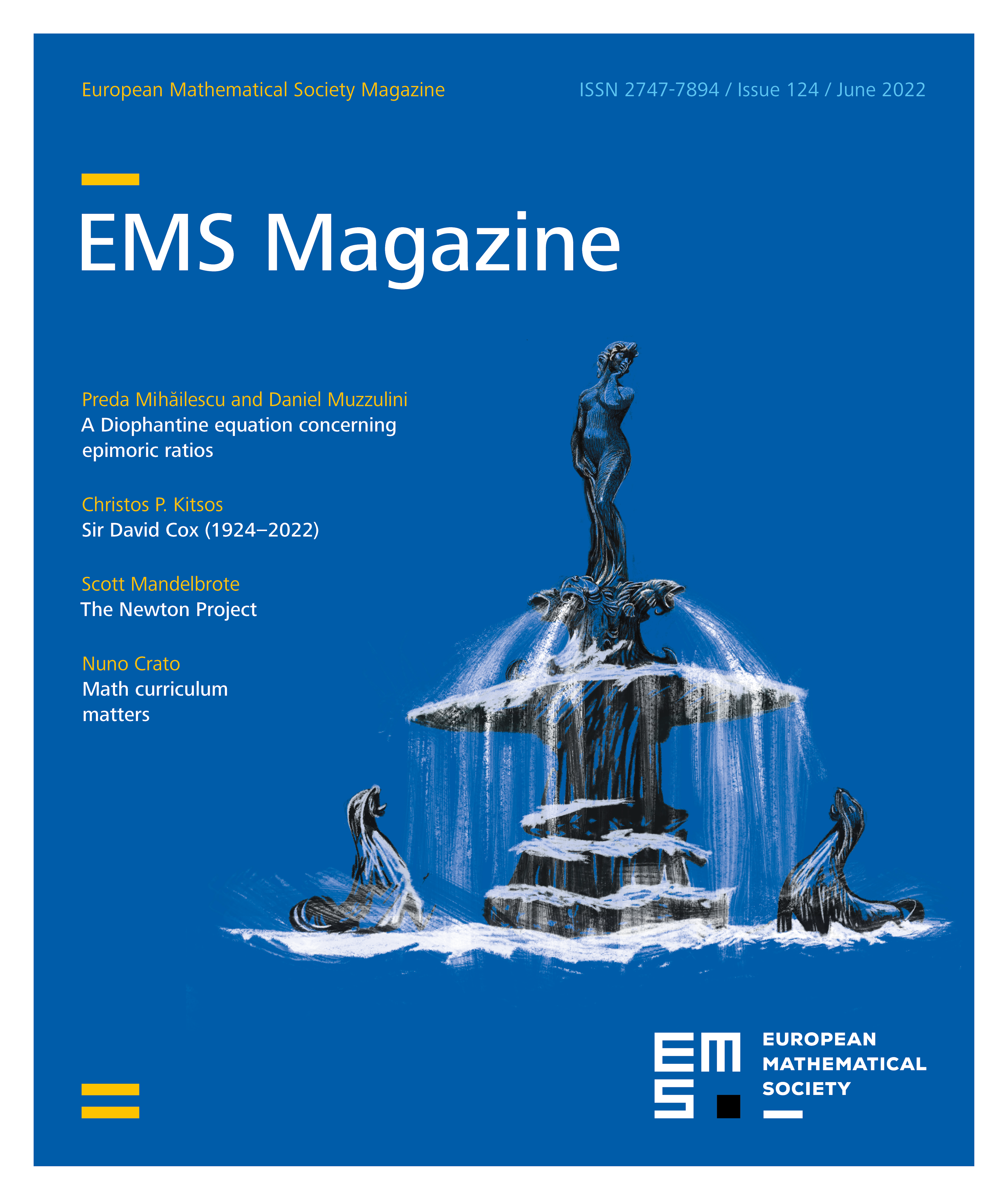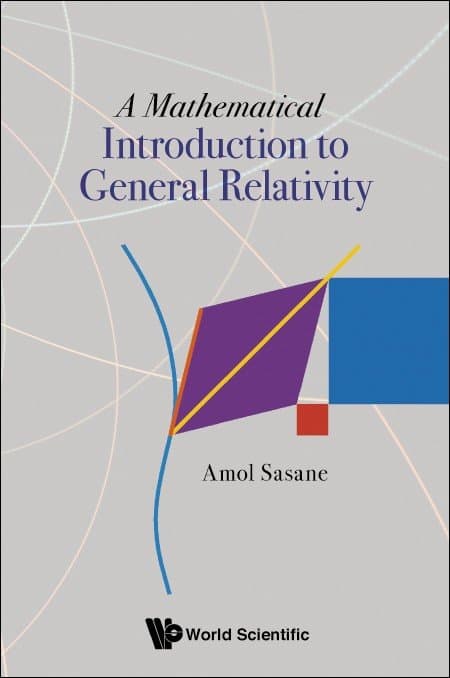All rights reserved.
Although general relativity is a highly mathematical theory, and arguably one of the main drivers behind the development of Riemannian geometry in the last 100 years, there are relatively few introductory books on this subject that specifically target mathematicians. The book under review is a welcome addition to this scant literature, aiming to introduce Einstein’s theory, as well as the needed differential geometry, in a fully rigorous manner. It is interesting to note that the author, a Professor of Mathematics at the London School of Economics, is not an expert in general relativity, and so is in an ideal position to connect with mathematicians who are encountering the theory for the first time.
The book starts by developing the main ideas of differential geometry, and then goes on to discuss general relativity. It is carefully written, containing numerous appealing figures, and averaging more than ten exercises per chapter (with full solutions provided in an appendix, which is ideal for autonomous study). Moreover, many of the examples and exercises in the differential geometry part are calculations in general relativity (where the author supplies the relevant metrics to be derived in later chapters), which no doubt will appeal to the reader eager to learn general relativity. The level is more elementary than that of other books written in the same mathematical vein, such as “General Relativity for Mathematicians” by Sachs and Wu (which already assumes the differential geometry background), or “Semi-Riemannian Geometry” by O’Neill, and is well suited for mathematics or mathematically inclined physics undergraduate or beginning graduate students.
The detailed plan of the book is as follows: smooth manifolds and smooth maps are introduced in Chapter 1, without assuming point set topology (indeed the prerequisites of the book are simply the usual linear algebra, multivariate calculus and differential equations courses common to most degrees in mathematics, physics or engineering). Chapter 2 discusses tangent vectors, and Chapter 3 studies vector fields. General (mixed) tensor fields are defined in Chapter 4, and semi-Riemannian (in particular Lorentzian) manifolds are introduced in Chapter 5. The Levi-Civita connection, parallel transport and geodesics are discussed in Chapters 6, 7 and 8, respectively, and the notion of curvature is addressed in Chapter 9. Chapters 10 and 11 constitute a digression into differential forms and integration, including the Hodge star (later used to formulate the Maxwell equations); this is a subject not covered in many introductory general relativity books (e.g. O’Neill’s “Semi-Riemannian Geometry”). The relativity part of the book starts in Chapter 12 with a discussion of physics in Minkowski spacetime, including a detailed analysis of relativistic velocity addition and electromagnetism. Chapter 13 gives a geometric reformulation of Newtonian gravity and defines the relativistic energy momentum tensor, motivating the introduction of the Einstein field equation in Chapter 14. This chapter also contains a derivation of the Schwarzschild metric and the calculation of the perihelion precession. Chapter 15 introduces black holes, including the Kruskal extension of the Schwarzschild solution, and Chapter 16 briefly discusses cosmology.
On the whole, the book does a good job of introducing differential geometry and general relativity in a mathematically rigorous fashion. It can be used as the textbook for a course on either differential geometry or general relativity (or both) for undergraduate or beginning graduate mathematics or physics students, and is also well suited for autonomous study. My one criticism of the book would be that, after making it through the differential geometry part, the reader should perhaps be rewarded with more general relativity. For example, the discussion of differential forms and electromagnetism in chapters 10, 11 and 12 is nicely followed up by a discussion of the Reissner–Nordström charged black hole solution in Chapter 15, but only as an exercise, with no further exploration of the rich geometry of this spacetime. Other topics of current mathematical and physical interest, such as the linearized Einstein equations, gravitational waves, or the CDM cosmological model for our universe, are likewise only addressed in the exercises, and some other topics, such as the singularity theorems or the Cauchy problem for the Einstein equations, are not addressed at all. While it is of course unrealistic to ask for a detailed treatment of all these subjects, especially in a book for undergraduates, more steps in that direction could perhaps have been taken. Nevertheless, these small quibbles should not take away from the fact that this book is a valuable addition to the general relativity literature for mathematicians, and one which I highly recommend.
Amol Sasane, A Mathematical Introduction to General Relativity, World Scientific, 2021, 500 pages, Hardback ISBN 978-981-124-377-6, eBook ISBN 978-981-12-4379-0
Cite this article
José Natário, Book review: “A Mathematical Introduction to General Relativity” by Amol Sasane. Eur. Math. Soc. Mag. 124 (2022), pp. 59–60
DOI 10.4171/MAG/75
